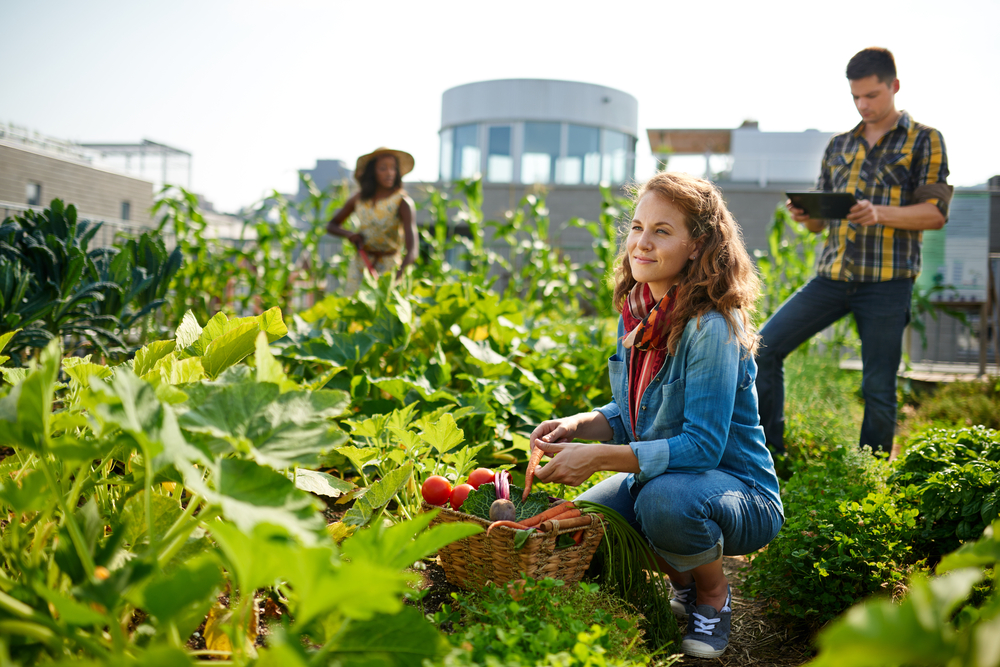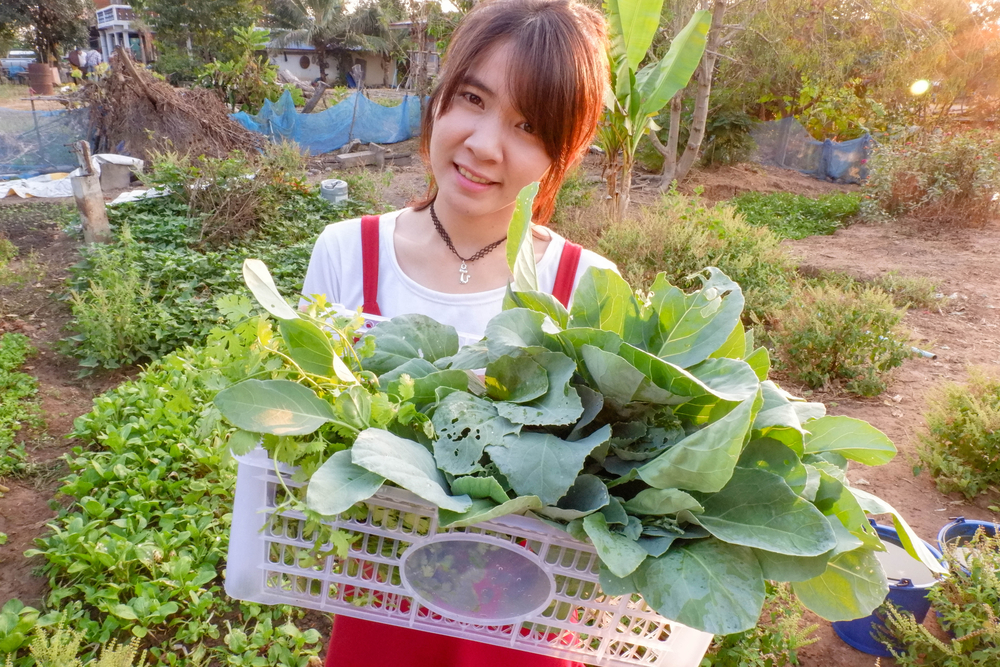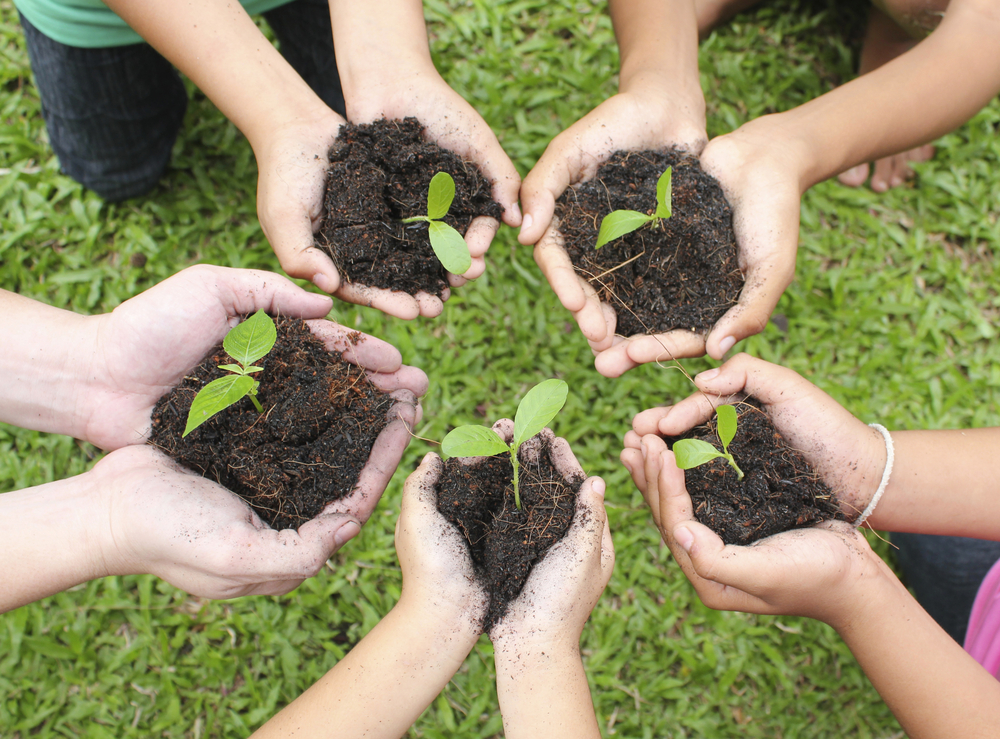Tips for Starting a Community Garden
 Community gardens are an excellent amenity to any neighborhood. They are able to increase people’s access to fresh fruits and vegetables, improve community interaction amongst neighbors, and improve the dietary habits of individuals in an area.
Community gardens are an excellent amenity to any neighborhood. They are able to increase people’s access to fresh fruits and vegetables, improve community interaction amongst neighbors, and improve the dietary habits of individuals in an area.
They can also make it more practical and cheap to get high-quality organic produce on the table. However, as with most great things, community gardens a tremendous amount of work to set up.
If you are looking to start an community garden, then there are a few factors that you should think about before you get started…
Find an idyllic space
First of all, location is everything when it comes to starting a community garden. The types of people who participate in community gardening are looking for two main things: an active community and a picturesque location.
Because of this, the space where you choose to set up your community garden is going to have a major impact on getting members.
Not only do you need a space that is conveniently located and easy to get to, but that space needs to feel a little bit like it is isolated from the hustle and bustle of the rest of the town, at least to be ideal.
Conduct regular soil tests
 You can’t just pick any ol’ place to set up a community garden. Aside from being able to attract people, your gardening space also needs to be on top of fertile soil that will grow a variety of different crops.
You can’t just pick any ol’ place to set up a community garden. Aside from being able to attract people, your gardening space also needs to be on top of fertile soil that will grow a variety of different crops.
For this reason, you should have a consistent idea of what the health of the soil in your community garden is like.
You can have soil tested for specific attributes by taking it to a nutrient testing lab at your local college. It’s recommended to do this regularly, and be sure to make that information available to your members.
Organize group events
A major reason that people join community gardens is for a sense of community, obviously. They want to garden with other people who share the same passion, and feel like they are a part of something bigger than themselves. The communal aspects of community gardening is sort of the whole point.
Because of this, you want to be able to foster that sense of togetherness. You can do this by organizing community events that bring your individual members together to meet and learn about each other. It’s not hard to do this. After all, everyone has at least one common interest.
Have a collective method of pest control
 One consistent issue that any community garden will run into is pests. Pests can be an existential threat to community gardens, since members won’t want to be a part of a place where the things that they grow are in great danger of being contaminated and ruined.
One consistent issue that any community garden will run into is pests. Pests can be an existential threat to community gardens, since members won’t want to be a part of a place where the things that they grow are in great danger of being contaminated and ruined.
For this reason, it’s good to set standards about pest control for your members when coming in.
This writer would recommend having a collective method of pest control that you use throughout the entire garden, so that everyone’s produce is protected in the same way.
This doesn’t mean you need to spray everyone’s plants with chemical pesticides. There are plenty of organic options of pest control that are available to gardeners.
Create a composting system
Composting should be an amenity of any community garden that is worth its salt. Most community gardens will have a compost area where members can bring organic materials.
Composting helps a community garden put more nutrients in the soil, and ensures that there is a convenient way to dispose of organic waste that is efficient. Encourage your members to bring other things to be composted, whether it be old food, tree clippings, or bags of fall leaves.
Offer supplies
While many community gardeners will be more advanced, some people go to community gardens to get into gardening in the first place. It’s a great bonus to these potential members if your community garden is able to offer basic supplies that can help them get started, such as soil, pots, tools, and even gloves.
Category: Family Finances




